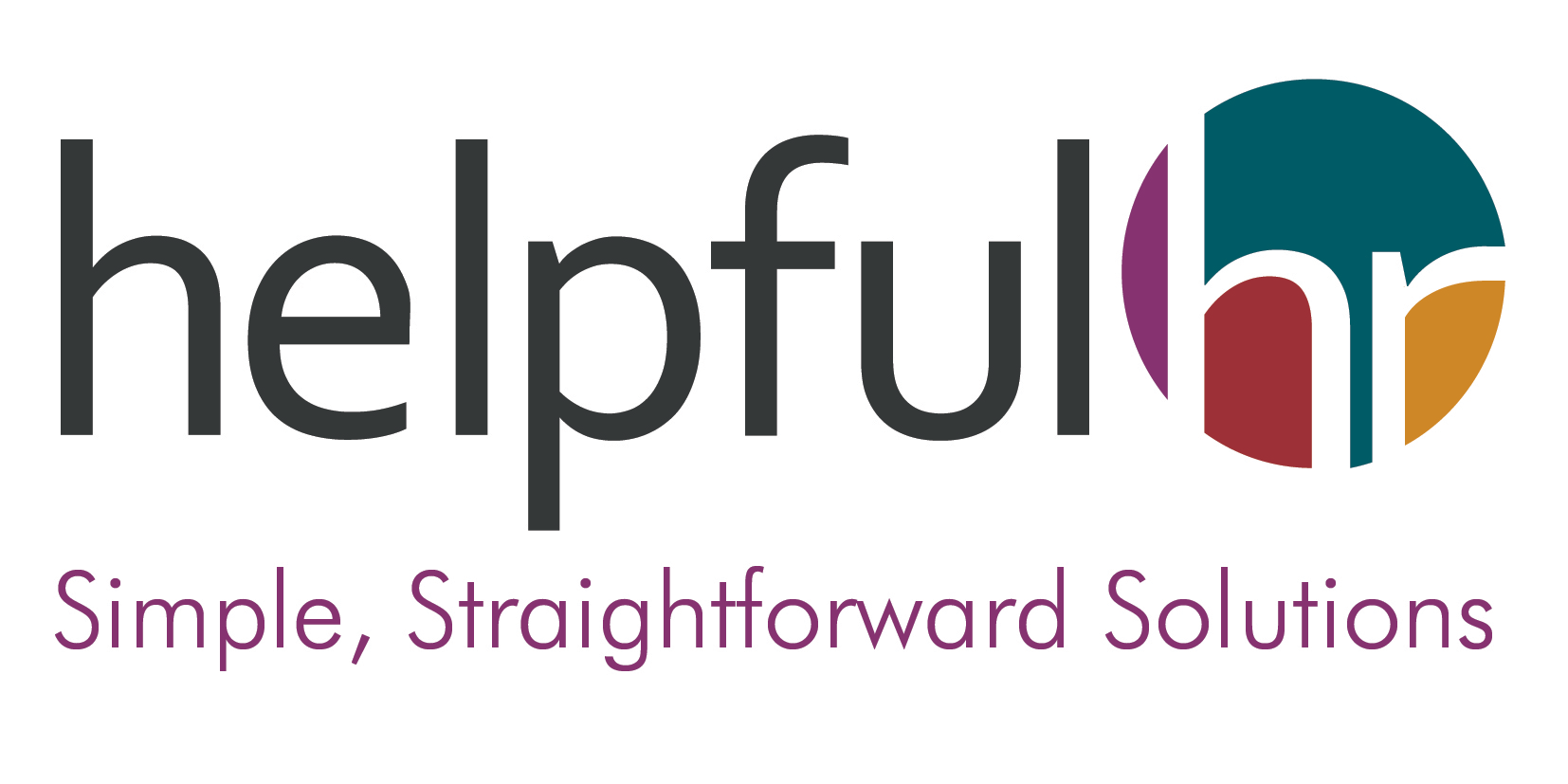In the workplace, managers and colleagues give feedback to others as part of their normal management and team practices. Feedback should be constructive, and it’s a valuable process, aimed at improving skills, communication, relationships and success (individual and organisational).
In a study by Christine Porath[1], she found that higher levels of feedback were associated with 89% greater thriving at work, 63% more engagement and 79% higher job satisfaction. She also found that giving honest, careful feedback and creating a ‘feedback loop’, (where team members provided feedback to each other), created stronger connections, and better relationships at work. Adding recognition and / or reward in to the mix lead to employees becoming happier and more engaged.
The good and the bad
Provided the feedback is truly constructive, there’s no such thing as ‘bad’ feedback as all feedback of this nature will be valuable.
But if that feedback is not constructive, or not delivered in an appropriate way, I think we can probably call it ‘bad’ feedback, as it will often have the opposite effect of what is desired. i.e., it resulted in a disengaged, demotivated employee, and ultimately damage their success and potentially that of the team.
How to give good feedback
For many years there was a well-known saying linked to giving feedback which was referred to as the ‘**** sandwich’ i.e., say something nice, say something negative and then distract the person with something positive again. It seems this doesn’t work because the ‘negative’ points get lost, with people, understandably, clinging to the positive messages.
Here are our top tips for preparing and providing good quality feedback.
Preparation:
- Be clear what you’re providing feedback about and consider what you want the outcome to be
- Allocate enough time to the feedback session and make sure it’s in a confidential setting without interruptions
- Be factual, specific, kind and objective – describe behaviour / actions / outcomes, not personality, attitude or character
- Provide the context and describe what you noticed. E.g., “I noticed that your reports have been submitted 2-3 days late on a couple of occasions lately”
- Outline the impact and why it’s a problem
- Write down the key points you want to get across.
The meeting:
- Present your prepared observations
- Be mindful of your body language and tone. Keep it calm and respectful
- Ask for their perspective of your observations
- Encourage them to explore alternatives – ways to improve next time
- Present feedback as a positive opportunity, not a threat, and include a balance of feedback (i.e., if some things went well, say so)
- Listen actively, show empathy and demonstrate you’re listening – paraphrase and reflect what you’ve heard
- Acknowledge their feelings
- Reaffirm that your intention is to offer feedback to help them improve their performance, and help them progress, develop, grow in their role and the organisation.
Feedback should be given as close to an issue arising to ensure it’s relevant, and to demonstrate that it’s important. Don’t wait for your next scheduled monthly or quarterly 1-1 to share the feedback.
If you need to give difficult feedback to an employee and you’re not sure how, get in touch.
[1] Mastering Community: The Surprising Ways Coming Together Moves us from Surviving to Thriving by Christine Porath 2022

Recent Comments